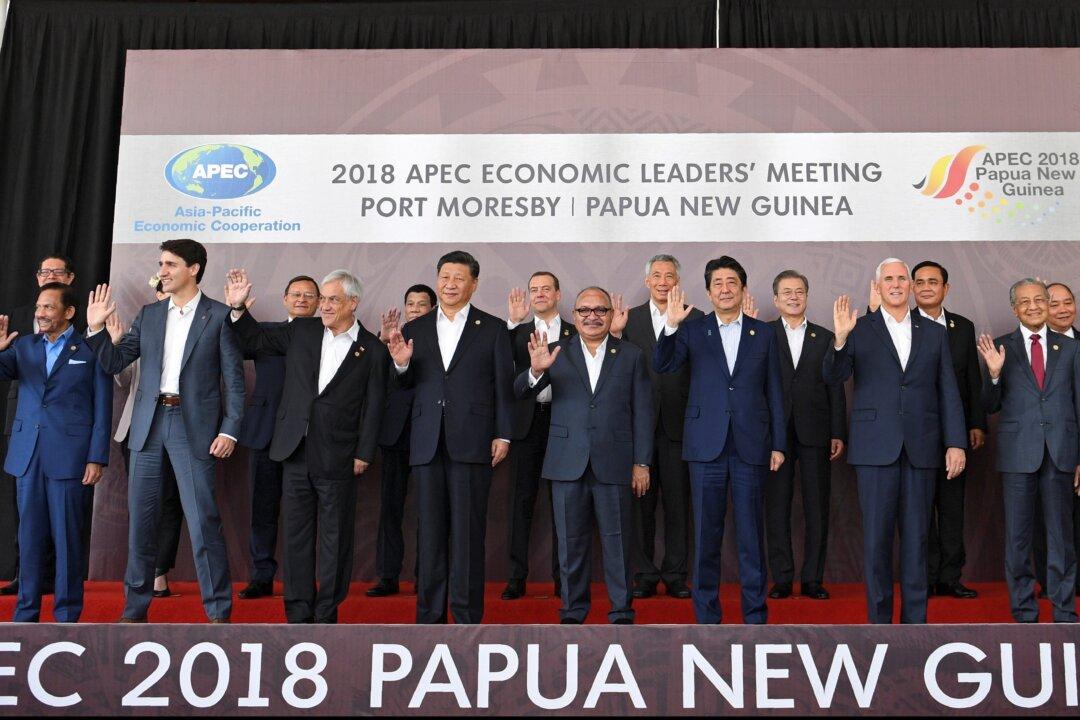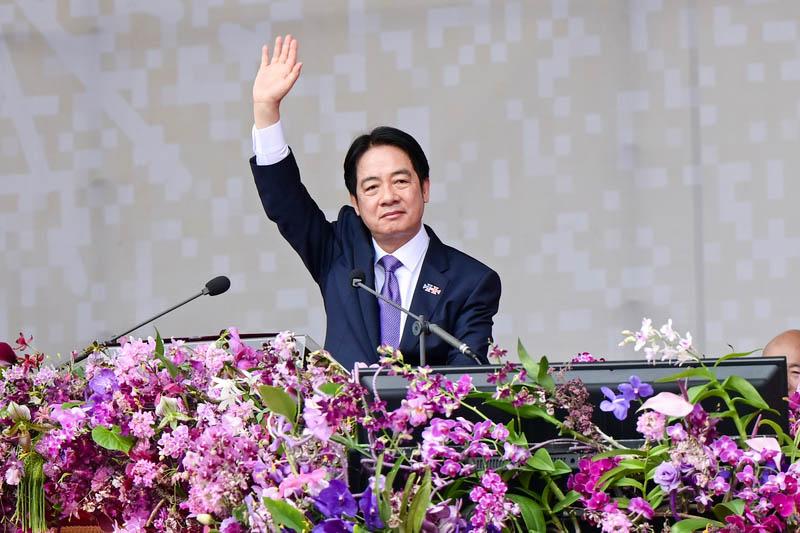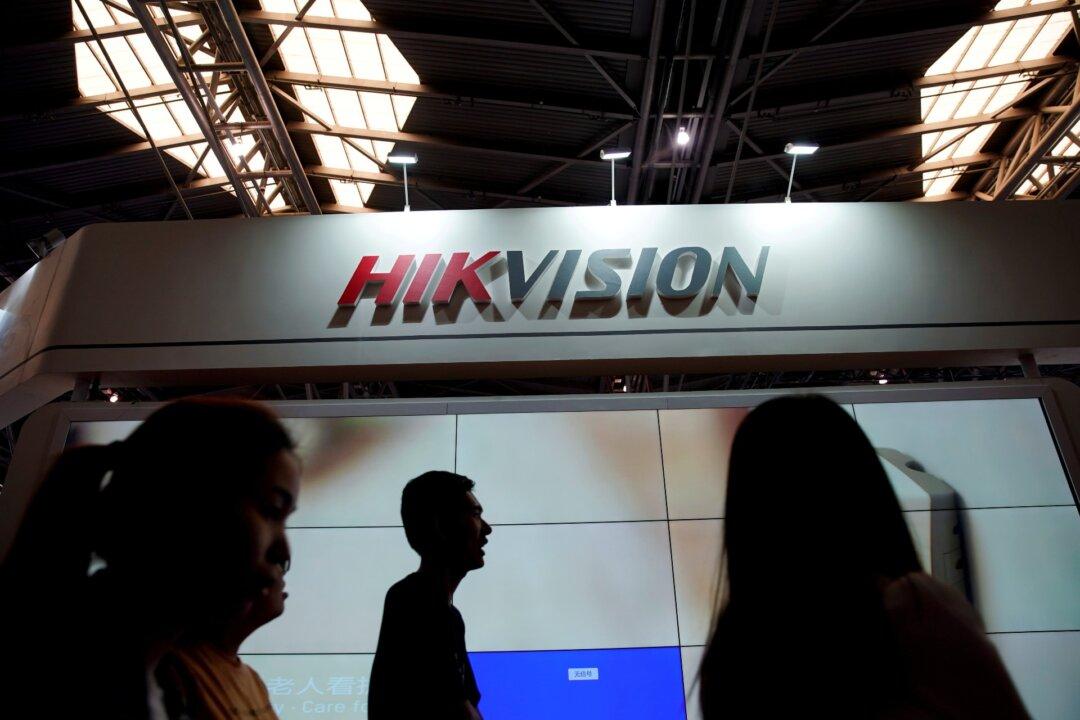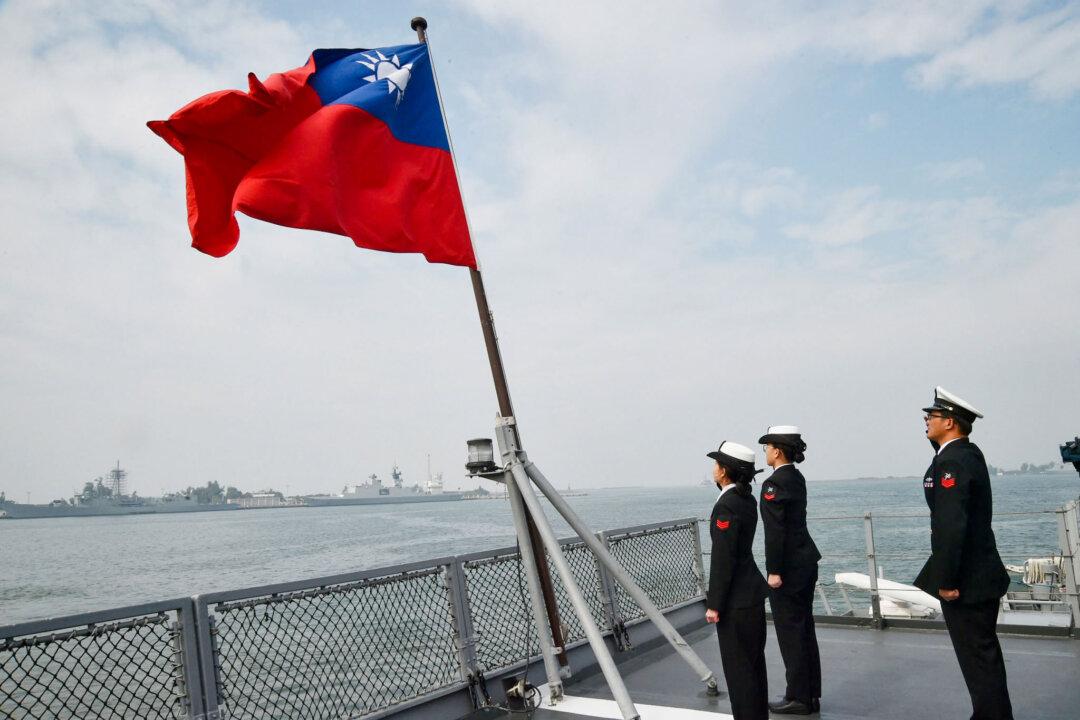Divisions between the United States and China set off an unprecedented event at the Asia-Pacific Economic Cooperation (APEC) summit, when leaders at the regional forum failed to issue a joint statement for the first time since 1993.
Papua New Guinea Prime Minister Peter O'Neill said on Nov. 18 that the sticking point was over whether the Leaders’ Declaration should include mention of potential reform of the World Trade Organization (WTO), Reuters reported.





